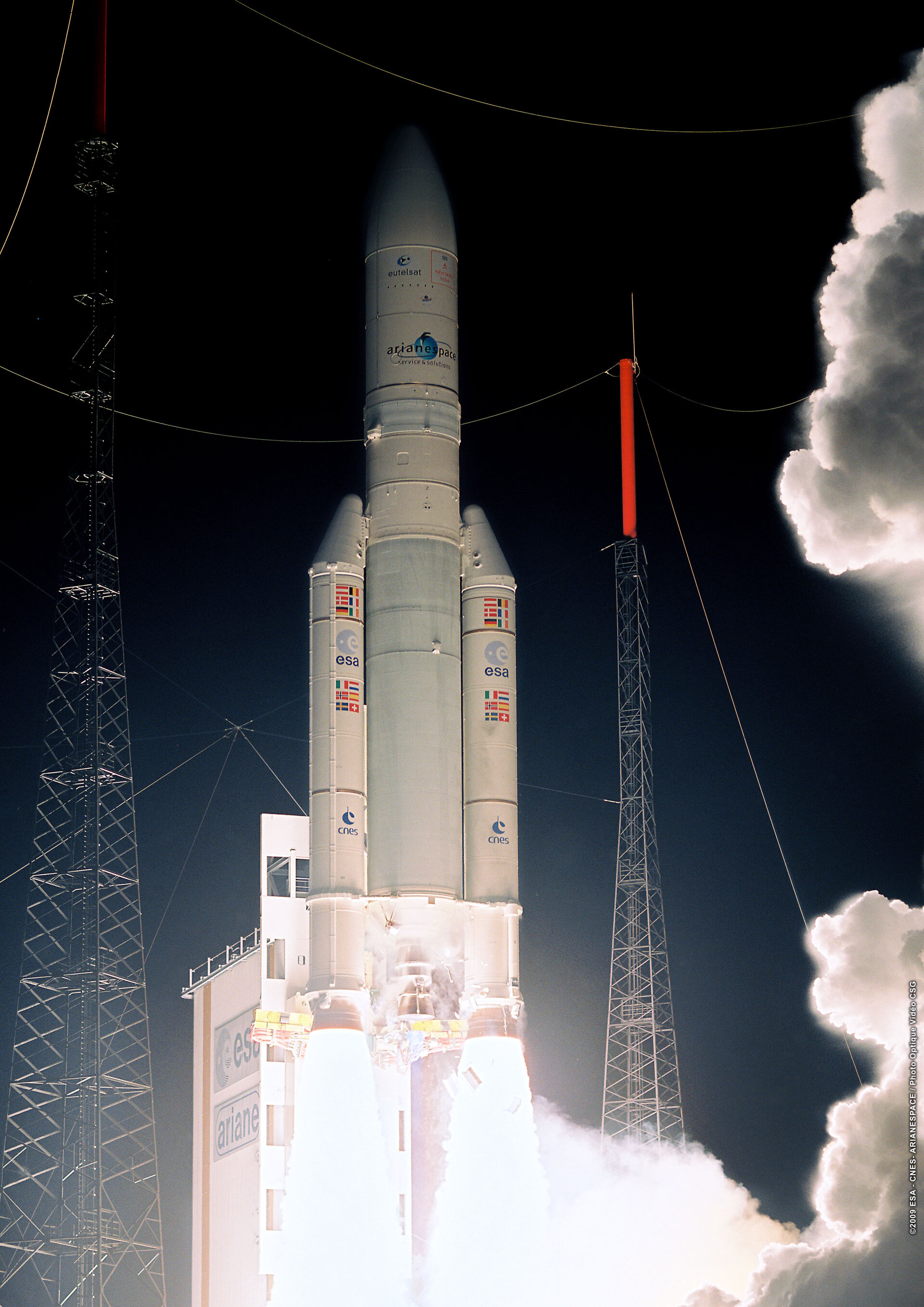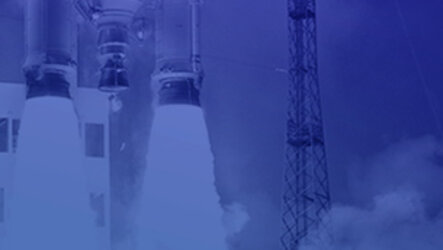Young people’s vision for European space activities and new launcher systems
'The Younger Generation's Vision for Space and the Future for European Launchers': Addressing this theme, a public panel discussion with young up-and-coming researchers took place on 23 May 2012 in Berlin at the Representation of the State of Bremen.
The event was held at the invitation of the Community of Ariane Cities (CVA), the European network of cities whose Presidency this year is held by the Free Hanseatic City of Bremen.
The history of Europe’s Ariane rocket launcher family has been a unique success story for over thirty years. Ariane rockets are among the most reliable launcher systems in space. With the latest launch on 17 May, 48 successive Arianes have delivered their payloads to orbit without any problems. As the workhorse launcher, Ariane, along with Soyuz and Vega, likewise launched from Europe’s Spaceport in French Guiana, guarantee European autonomous access to space.
Ariane: a driver of growth for local economy

Ariane has huge significance, not just for Europe but also for the cities and regions in which the launcher is developed and produced. It provides a multitude of highly-qualified jobs and boosts high-technology research at the various colleges, universities and institutes located there.
In order to inform both politicians and the broader public about this, a network of cities for European space transport systems was established by those same cities and regions. Further information on this can be found in the more detailed article The Community of Ariane Cities: a strong team.
To mark this 2012 CVA Presidency, in March, the Ariane rocket carrying the ATV-3 cargo vehicle onboard bore the inscription 'Freie Hansestadt Bremen' and the city’s coat of arms, the Bremen key. Alongside the latest CVA Council of Mayors meeting, a public Panel Discussion was held in Berlin on 23 May.
Younger generation with an exciting vision of the future
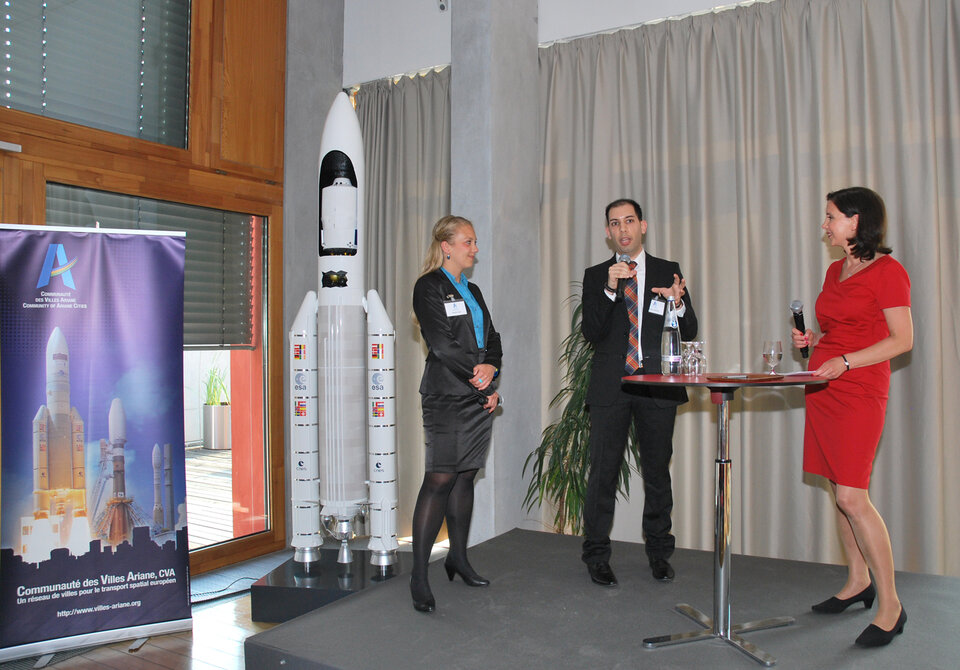
At this event, specially-selected young professionals – representing the next generation of experts and decision-makers – were invited to present their exciting visions for future space projects and launcher systems. For it is they who will perpetuate the already over fifty-year history of Europe in space and give it fresh impetus.
Accordingly, Anna Schubert, a young engineer from EADS Astrium in Bremen, offered her insight into the manufacture and function of the Bremen-built Ariane upper stage as well as the development of a higher-performance successor version which she is involved in building.
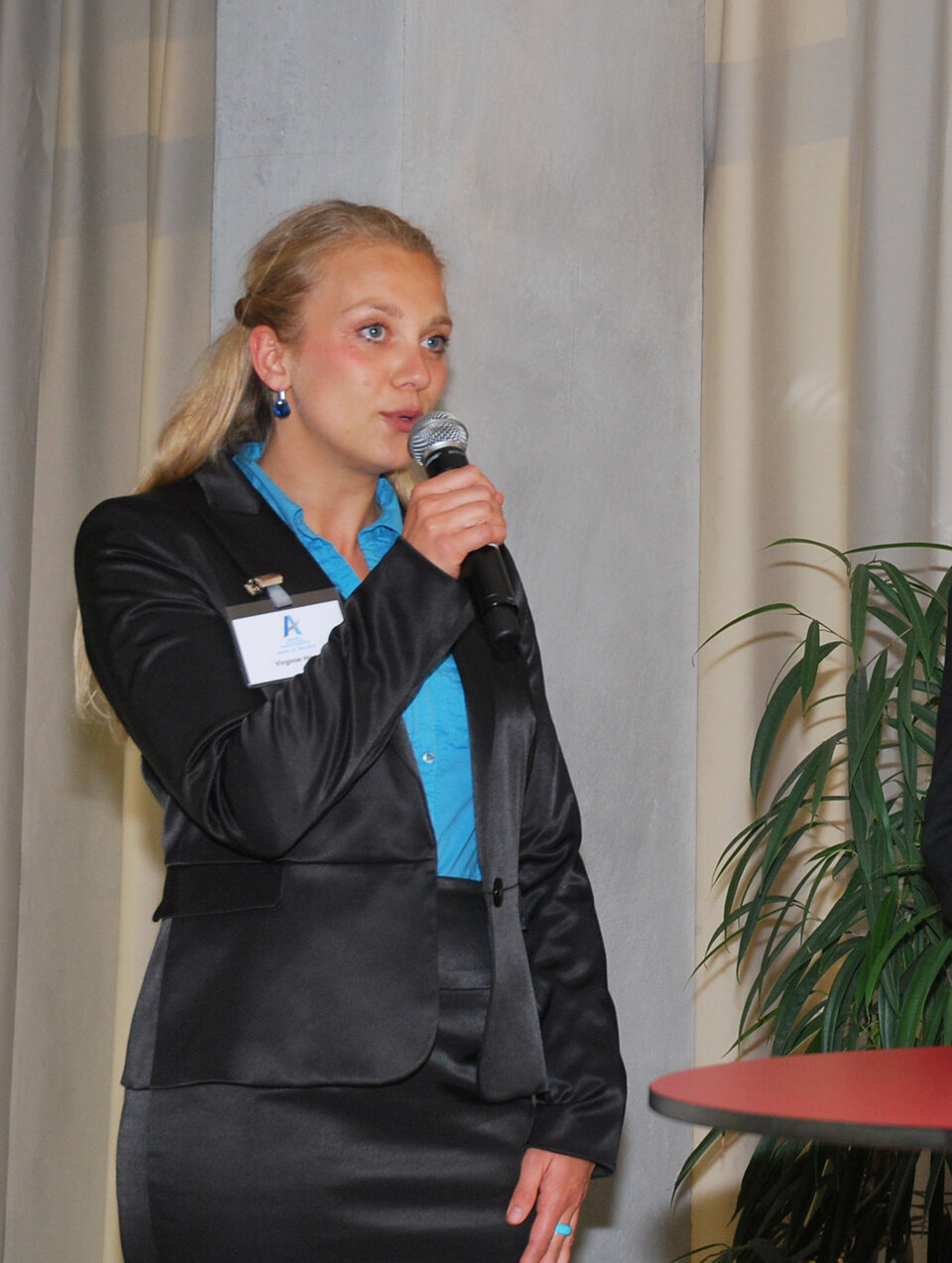
As for Virginie Hager, after studying mechanical engineering in Dresden, she became infected by her father’s enthusiasm for space and joined ESA’s technical centre ESTEC in Noordwijk (the Netherlands) to see to the integration of science experiments for the International Space Station (ISS).
Joachim Strenge, a young up-and-coming scientist from Bremen, had developed a “Vesta” study of a mission designed to return to Earth rock samples from that asteroid.
Wissam Rammo from the UN’s Space Generation Advisory Council (SGAC) Team and a graduate of the University of Leipzig and the University of Toulouse, outlined the GEMS for Mars mission. Andreas Hornig, Constellation Platform member and graduate of Bremen University and Stuttgart University, reported on lunar exploration.
Further securing access to space
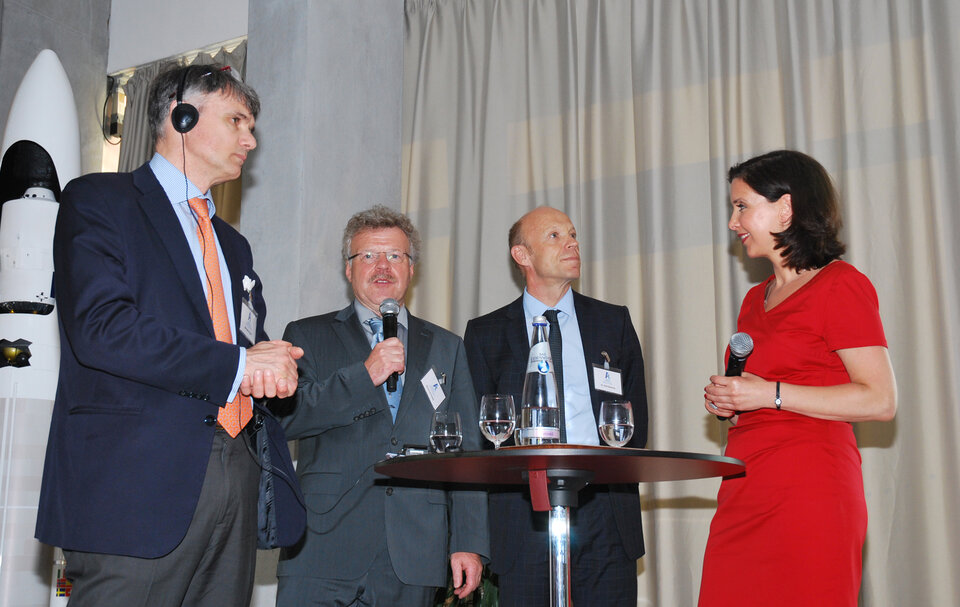
If these young researchers are to be able to fulfil their vision of going on to explore and use space for the benefit of all humanity, a constant effort must be made to convince others in society. This is vital because of the close links between independent access to and research in space and Europe’s economic development.
This point was made clearly in a discussion session involving representatives of ESA, the German Aerospace Center (DLR) and industry. ESA astronaut and longstanding ISS mission operations manager Dr Reinhold Ewald of Germany insisted on the pressing need for back-up transport systems to service the ISS. With Shuttle flights having ended, currently only Russia is in a position to transport human beings to and from the Space Station – a state of affairs which, if problems were to arise with the Russian transport system, could even threaten the ISS’s continued operation.
Space research key to new technologies

In the Panel Discussion on 23 May, participating members of the German parliament’s aerospace group (PGLR) – Uwe Beckmeyer, Torsten Staffeldt und Dr Christian Ruck – needed no prior convincing of the significance and benefits of European space activity. Despite differing political affiliations, they were all united in pursuit of the same aims. And they were able to point to impressive examples of transfers of technology. Dr Ruck, Bundestag Member for Augsburg, pointed out as an example that years earlier, the production of components for launcher systems in that city had paved the way for the use of carbon-fibre technology in terrestrial applications.
If there is one thing that the Berlin event showed, it is that there are young people burning with enthusiasm for space and committed to furthering space activities professionally, politically and in their free time. Smoothing the way for them to fulfil their vision of space for the benefit of all humanity – that is the task of politicians and interest groups like the CVA.


